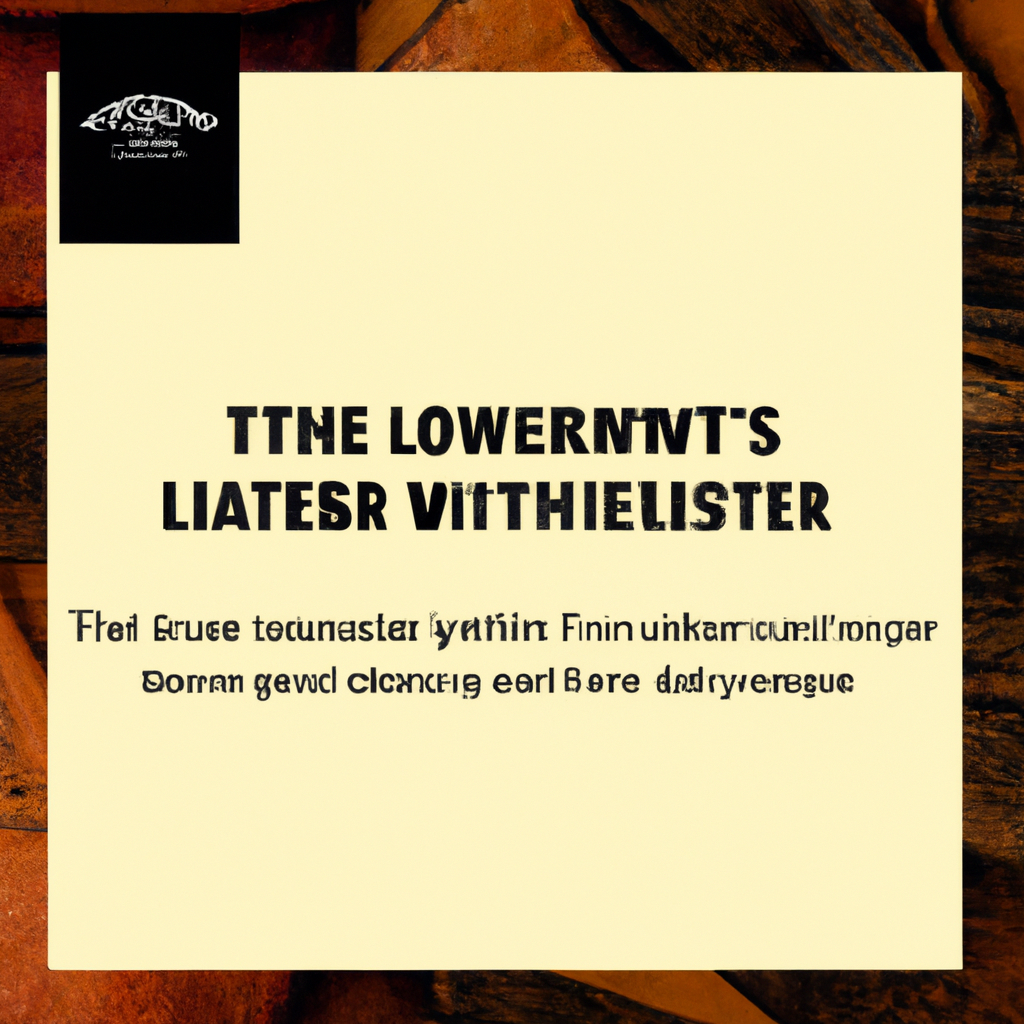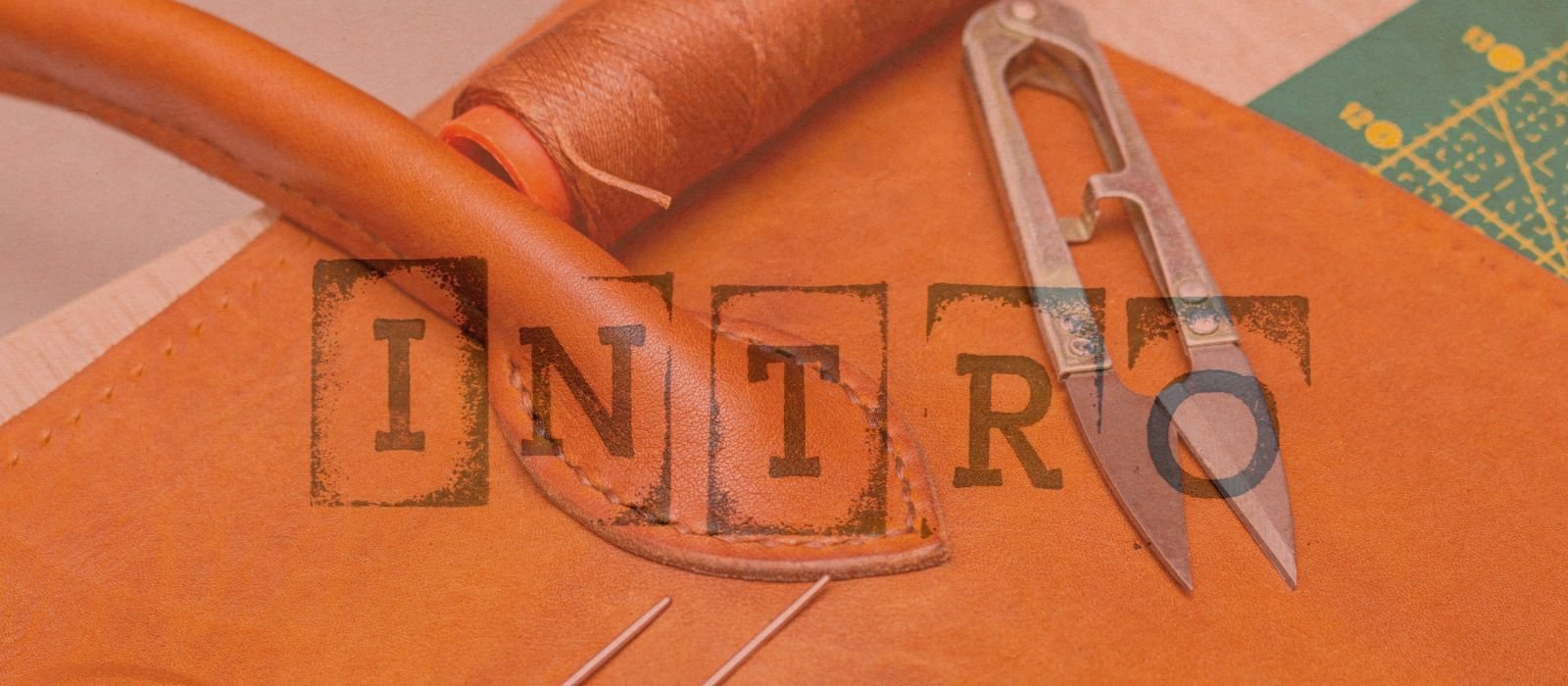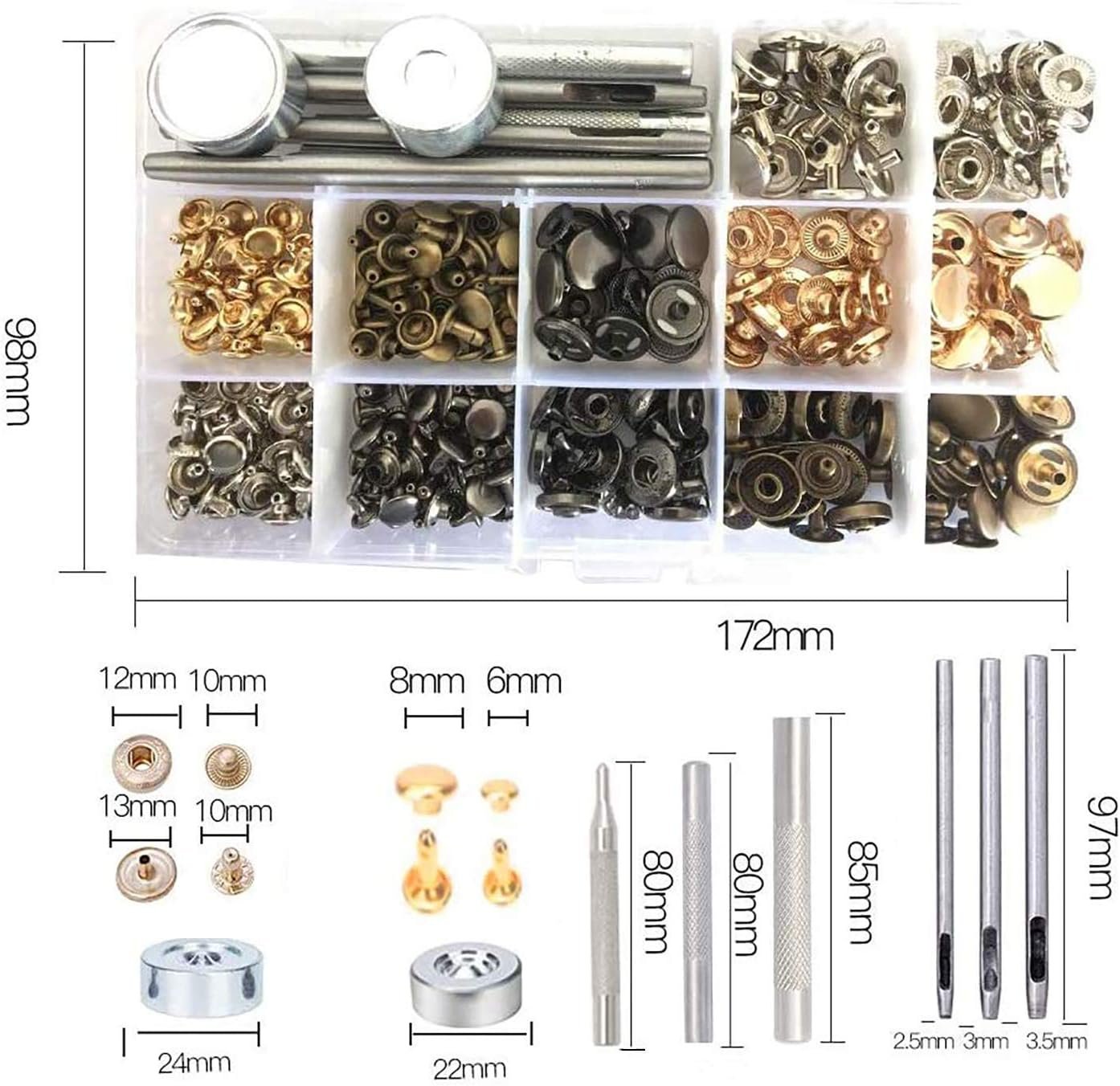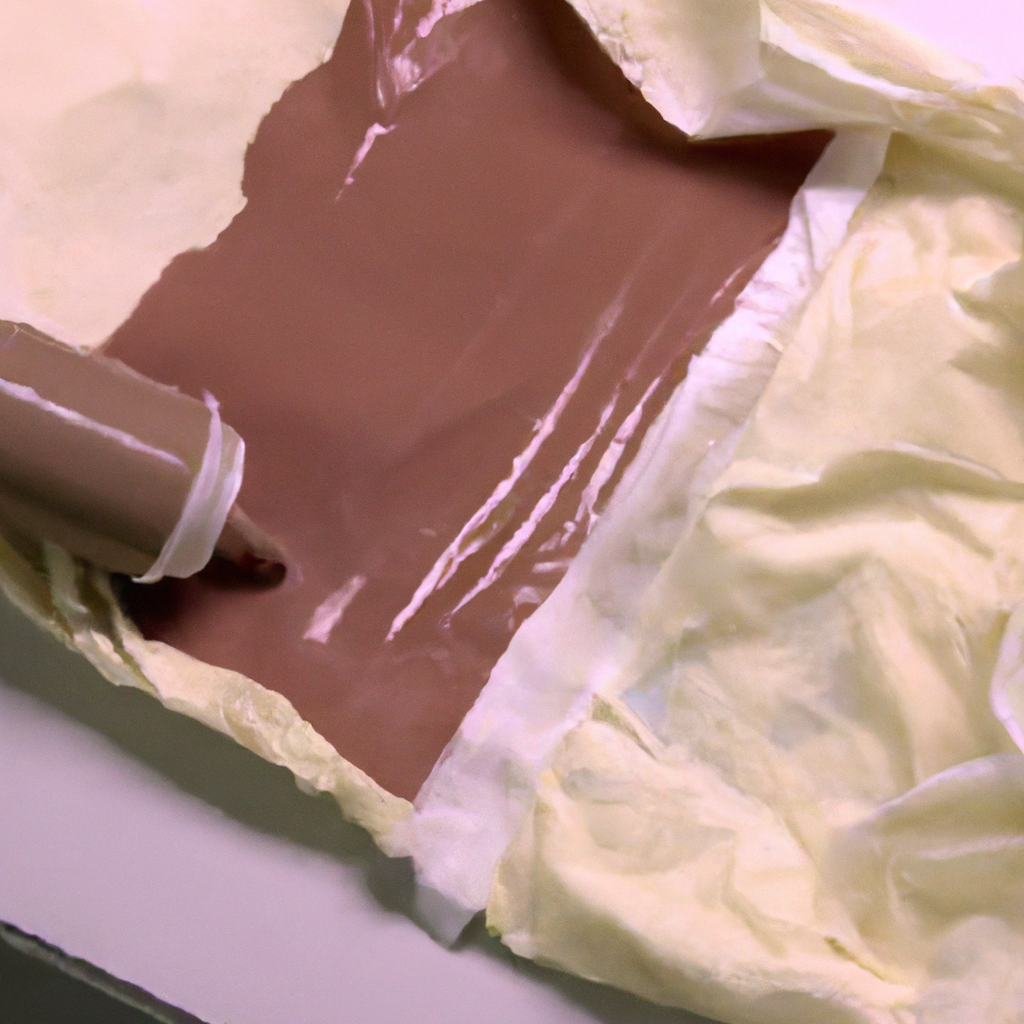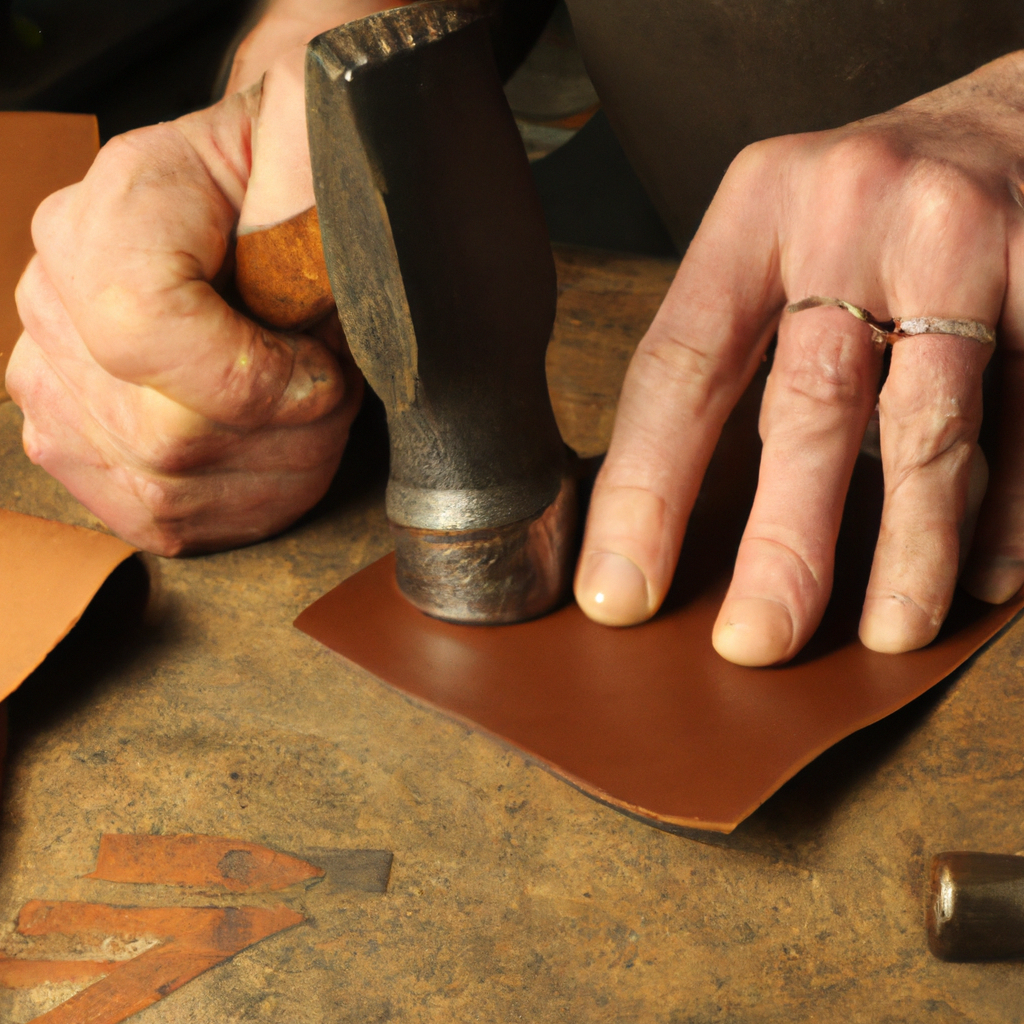So you’ve decided to try your hand at making leather clothing? That’s fantastic! Before you dive headfirst into this exciting new project, there are a few things you should know to ensure your success. From understanding the different types of leather to choosing the right tools and techniques, this article will provide you with the essential knowledge you need to create stunning leather clothing pieces. Whether you’re a seasoned seamstress or a beginner looking to embark on a creative journey, this guide is here to help you every step of the way. So grab your materials and let’s get started on your leather crafting adventure!
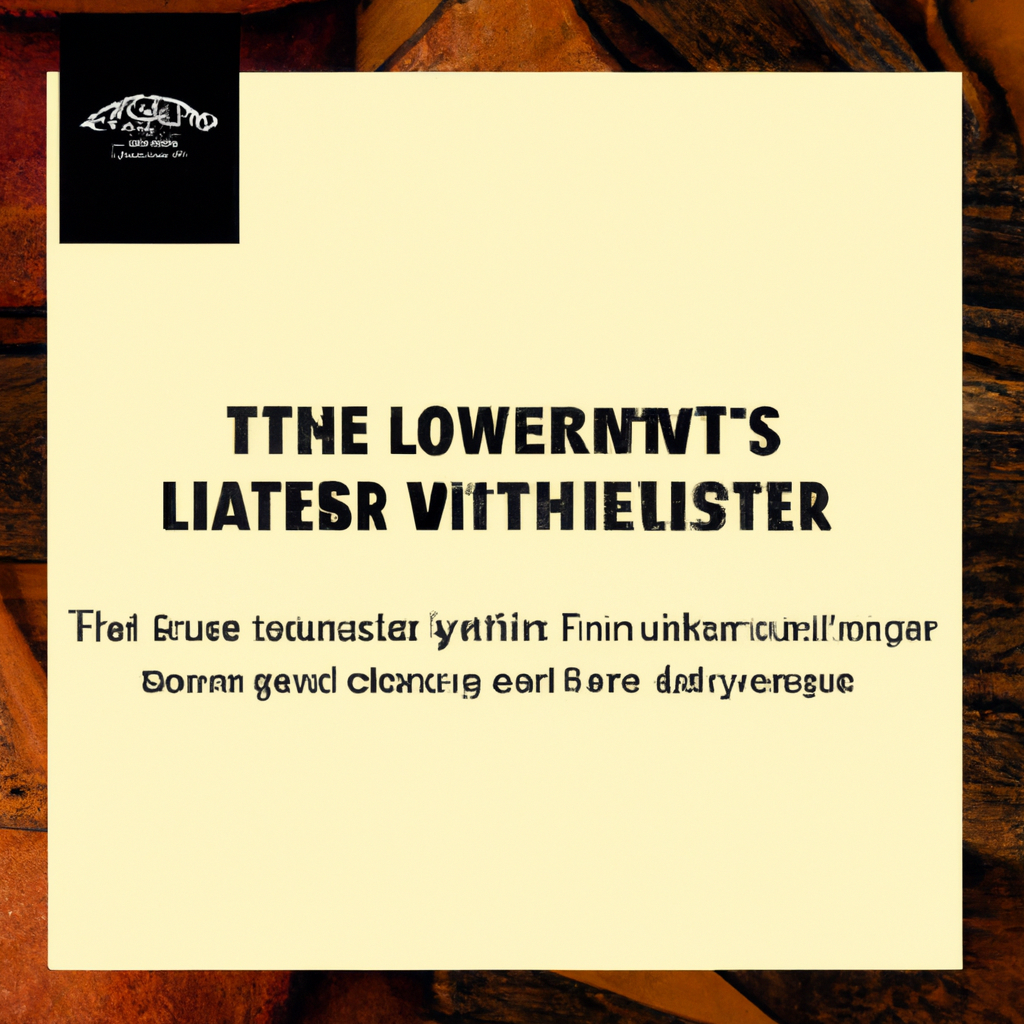
Types of Leather
Full-grain Leather
Full-grain leather is the highest quality and most desirable type of leather. It is made from the entire grain of the hide, preserving the natural grain and imperfections. This type of leather is known for its durability and strength, as well as its unique and natural appearance. Full-grain leather also develops a beautiful patina over time, making it even more valuable and sought after.Top-grain Leather
Top-grain leather is similar to full-grain leather, but with the outer layer sanded or buffed to remove imperfections. This process results in a smoother and more uniform surface, but it may also diminish some of the leather’s natural characteristics. Top-grain leather is still considered high-quality and is commonly used in a variety of leather products.Genuine Leather
Genuine leather refers to any type of leather that is made from real animal hide. While it is technically real leather, it is important to note that genuine leather is typically of lower quality compared to full-grain or top-grain leather. It is often made by laminating or splitting a lower-quality piece of leather and then applying an artificial grain or finish to the surface. Genuine leather can still be used for certain clothing items, but it may not have the same durability or longevity as higher-quality options.Bonded Leather
Bonded leather is a composite material made from bits of leather scraps that are bonded together with a polyurethane or latex adhesive. While it contains some real leather, bonded leather is considered to be of lower quality because it is mostly made up of synthetic materials. It is often used as a more affordable alternative to genuine or full-grain leather, but it does not have the same characteristics or durability as the higher-quality options.Suede Leather
Suede leather is made from the underside of the animal hide. It has a soft and fuzzy texture and is often used for clothing items such as jackets, skirts, and shoes. Suede leather is known for its luxurious feel and appearance, but it is also more delicate and requires special care. It can easily be scuffed, stained, or damaged, so it is important to take extra precautions when working with suede leather.Tools and Equipment
Cutting Tools
When working with leather, having the right cutting tools is essential. Some commonly used cutting tools for leather include sharp utility knives, leather shears, and rotary cutters. It is important to choose a tool that is sharp and precise to ensure clean and accurate cuts. Additionally, using a cutting surface such as a self-healing cutting mat will help protect your work area and prolong the life of your cutting tools.Sewing Machine
A sewing machine is a valuable tool when working with leather, especially for larger projects. Look for a heavy-duty sewing machine that is specifically designed for sewing leather. It should have a powerful motor and the ability to handle thick layers of fabric. It is also important to use the appropriate needles and threads for sewing leather to avoid damage to the machine or the fabric.Leather Punch
A leather punch is a tool used to create holes or punches in leather. It comes in various sizes and shapes, allowing you to create different types of holes or designs on your leather pieces. Leather punches are commonly used for adding eyelets, snaps, or lacing to leather garments or accessories. Investing in a good quality leather punch will ensure clean and precise holes without damaging the leather.Edge Beveler
An edge beveler is used to round or bevel the edges of a leather piece. This tool helps to smooth out rough edges and create a more finished look. By using an edge beveler, you can achieve professional-looking edges that are not only aesthetically pleasing but also more comfortable to wear. It is important to choose an edge beveler that matches the thickness of your leather for best results.Glue and Adhesives
Glue and adhesives are essential for leatherwork, especially when sewing is not an option or for securing smaller details. There are various types of glue and adhesives available for leather, such as leather cement, contact adhesive, or fabric glue. It is important to choose an adhesive that is specifically designed for use on leather to ensure proper adhesion and long-lasting results. Always follow the manufacturer’s instructions when using glue and allow sufficient drying time before handling your leather pieces.Understanding Leather Thickness
Leather Measurement
Leather is typically measured in ounces (oz), with one ounce equaling 1/64 of an inch. The thickness of leather can vary depending on the type of leather and its intended purpose. Understanding leather measurements will help you choose the appropriate thickness for your desired clothing item.Common Leather Thicknesses
Leather thicknesses can range from 1 oz (very thin) to 10 oz (very thick). For clothing items, leather thicknesses between 2-4 oz are commonly used. Thinner leather is suitable for delicate items or those requiring more drape, such as skirts and dresses. Thicker leather is ideal for outerwear, such as jackets and coats, providing durability and structure.Suitable Thickness for Clothing
When choosing the thickness of leather for clothing, it is important to consider the desired characteristics of the item. Thinner leather will offer more flexibility and drape, while thicker leather will provide sturdiness and structure. Consider the functionality, style, and comfort of the garment when deciding on the appropriate leather thickness.Considerations for Different Clothing Items
Different clothing items have different requirements in terms of leather thickness. For jackets and coats, thicker leather is recommended to withstand wear and provide insulation. In contrast, skirts and dresses may benefit from lighter, more flexible leather for better movement and drape. It is important to take into account the intended use, style, and comfort when selecting the appropriate leather thickness for each clothing item.
Pattern Making and Cutting
Choosing or Creating Patterns
Before you start cutting your leather, it is crucial to have a pattern as a guide. You can either choose pre-made patterns or create your own. If you are new to leatherwork, using pre-made patterns can simplify the process and ensure accurate sizing. However, if you prefer a more customized fit or design, creating your own patterns allows for more creativity and personalization.Transferring Patterns onto Leather
Once you have chosen or created your pattern, you will need to transfer it onto your leather. There are several methods you can use, including tracing the pattern directly onto the leather with a transfer pencil or chalk, or using pattern transfer paper to transfer the pattern lines onto the leather. Whichever method you choose, make sure the transferred lines are visible and accurate before proceeding with cutting.Cutting Techniques
When cutting leather, it is important to use smooth and deliberate motions to achieve clean and accurate cuts. Use the appropriate cutting tool for your leather thickness and follow the pattern lines carefully. Be mindful of the direction of the leather grain to ensure consistent and cohesive pieces. Take your time and make sure each cut is precise, as mistakes can be difficult to fix once the leather is cut.Sewing Techniques
Choosing Appropriate Thread
Using the right thread is crucial for sewing leather. Opt for a heavyweight, durable thread specifically designed for leatherwork. Nylon or polyester threads are commonly used as they offer strength and resistance against friction. Avoid using cotton or lightweight threads, as they may not withstand the stress and tension of sewing leather.Stitching Leather by Hand
Hand stitching can provide more control and precision when sewing leather. To stitch leather by hand, choose a suitable needle, such as a glover’s needle or a leather needle, which has a sharp point and a large eye for accommodating heavy thread. Use a thimble to protect your finger and make it easier to push the needle through the tough leather. Ensure even and consistent stitches, and secure the thread with knots or backstitches at the beginning and end of each stitch.Sewing with a Sewing Machine
Sewing leather with a sewing machine requires certain considerations. Use a heavy-duty sewing machine with a leather needle and a walking foot attachment, which helps to feed the leather evenly and prevents uneven stitching or stretching. Adjust the tension and stitch length settings as needed to accommodate the thickness of the leather. Practice on scrap pieces of leather before sewing your garment to ensure proper settings and achieve desired results.Creating Strong Seams
Strong seams are essential for the longevity and durability of leather garments. When sewing seams, consider using a double-stitch or a reinforced stitch pattern to provide extra strength. Backstitch at the beginning and end of each seam to secure the thread, and reinforce critical stress points such as shoulders or pockets. Carefully trim excess threads and press the seams using a leather-safe iron or a handheld iron to ensure a professional and polished finish.Finishing and Detailing
Edge Finishing
Finishing the edges of your leather garment is crucial for a clean and polished appearance. There are various techniques you can use, such as burnishing, edge dyeing, or edge paint. Burnishing involves smoothing the edges of the leather using friction, such as with a burnishing tool or a wooden slicker. Edge dyeing or edge paint can be applied to the edges to give them a finished and uniform color. Experiment with different techniques and find the one that suits your desired look and style.Adding Fasteners and Hardware
Fasteners and hardware can add functionality and style to your leather garments. Consider options such as buttons, snaps, zippers, or buckles that complement the design and purpose of your clothing item. Ensure the fasteners and hardware are securely attached to the leather by following the manufacturer’s instructions or using appropriate tools, such as snap setters or rivet presses. Pay attention to placement and alignment to achieve a professional and aesthetically pleasing result.Dyeing and Coloring Leather
Dyeing and coloring leather can transform its appearance and enhance its overall look. There are various methods for dyeing leather, such as using leather dyes, paints, or stains. Before dyeing, prepare the leather by cleaning and prepping it to ensure optimal absorption of the dye. Test the dye on a small, inconspicuous area before applying it to the whole garment. Apply the dye evenly and allow sufficient drying time before conditioning or finishing the leather.Applying Leather Conditioner
Leather conditioner is essential for maintaining the quality and longevity of your leather garments. Use a leather conditioner specifically designed for the type of leather you are working with. Apply the conditioner evenly to the entire garment using a clean cloth or sponge, following the manufacturer’s instructions. Conditioning helps to moisturize and restore the leather, prevent drying or cracking, and maintain its softness and suppleness. Regular conditioning will keep your leather clothing looking its best for years to come.Care and Maintenance
Cleaning Leather Clothing
Proper cleaning is important to keep your leather clothing in good condition. Start by gently removing any surface dirt or dust using a soft brush or cloth. For stains or spills, use a leather cleaner or a mixture of mild soap and water. Avoid saturating the leather and blot dry with a clean cloth. Allow the garment to air dry completely before using or storing it. Regular maintenance and cleaning will extend the life of your leather clothing and keep it looking its best.Storing Leather Clothing
When not in use, it is important to store your leather clothing properly to prevent damage. Hang jackets and coats on wide and padded hangers to support the weight and maintain their shape. Avoid folding leather clothing, as it can create creases or cracks in the leather. Store the garments in a cool and dry place, away from direct sunlight or heat sources, which can cause fading or drying out. Consider using breathable garment bags to protect your leather clothing from dust and other contaminants.Dealing with Stains and Spills
Accidents happen, and it is important to address stains and spills on leather clothing promptly. Blot the affected area gently with a clean cloth or sponge to absorb excess liquid. Avoid rubbing or scrubbing, as it can push the stain deeper into the leather. If necessary, use a leather cleaner or a mixture of mild soap and water to remove the stain. Test any cleaning products on an inconspicuous area first to avoid damaging the leather. Seek professional help if the stain persists or if you are unsure how to proceed.Preventing Damage
Prevention is key when it comes to leather clothing. Avoid exposing your leather garments to excessive sunlight or heat, as it can cause fading, drying, or cracking. Keep leather away from sharp objects or rough surfaces that can scratch or tear the leather. Avoid contact with chemicals or solvents that can damage or discolor the leather. When wearing your leather clothing, be mindful of sharp accessories or rough edges that can catch on the leather and cause damage. Taking simple precautions will help keep your leather clothing in excellent condition for years to come.Considerations for Different Clothing Items
Jackets and Coats
Jackets and coats typically require thicker leather to provide durability and insulation. Consider the intended use of the garment, as well as the style and desired fit. Biker jackets may benefit from thicker and stiffer leather, while bomber jackets may require a softer and more flexible leather. Pay attention to details such as zippers, pockets, or collars, as they can add functionality and style to your jacket or coat.Pants and Shorts
When making leather pants or shorts, consider the desired fit, comfort, and flexibility. Thinner or stretch leather may work well for leggings or fitted pants, while sturdier or thicker leather may be suitable for more structured or utility-style pants. Pay attention to the waistband and closures, as they should be adjustable and secure.Skirts and Dresses
Skirts and dresses made from leather can be versatile and stylish. Thinner and more flexible leather is ideal for skirts and dresses, as it drapes well and allows for movement. Consider the desired length, style, and silhouette when choosing or creating patterns. Pay attention to details such as pleats, darts, or panels, as they can enhance the overall design.Accessories
Leather accessories can add a touch of style and uniqueness to any outfit. From belts and bags to gloves and hats, leather accessories can be made from a variety of leather types and thicknesses. Consider the purpose and functionality of the accessory, as well as the desired durability and style. Pay attention to details such as hardware, closures, or embellishments to create visually appealing and functional accessories.Ethical Considerations
Sourcing Ethical Leather
Ethical considerations are important when working with leather. Look for suppliers that prioritize ethical and sustainable practices. Consider purchasing leather from suppliers that ensure fair treatment of animals and workers, as well as environmentally friendly practices. Research and choose suppliers that provide transparency and information about their sourcing and production methods.Alternatives to Leather
If ethical concerns prevent you from using real leather, there are alternative materials available. Vegan leather, also known as faux leather, is a popular alternative made from synthetic materials. It mimics the look and feel of real leather without the use of animal products. There are also other sustainable and eco-friendly alternatives, such as mushroom leather or pineapple leather. Explore these options to find a material that aligns with your ethical values.Understanding Animal Welfare
Being aware of animal welfare is crucial when working with leather. Understand the processes involved in leather production and consider choosing suppliers that prioritize the humane treatment of animals. Look for leather that comes from responsibly sourced hides, such as from animals that were raised for meat or were a byproduct of the food industry. Educate yourself on the different certification standards for ethical or sustainable leather, such as the Leather Working Group or the Responsible Leather Initiative.Environmental Impact
The environmental impact of leather production is a significant consideration. Leather production involves various processes that consume energy, water, and chemicals. Look for suppliers that prioritize sustainable practices, such as minimizing waste, reducing water usage, or using eco-friendly tanning methods. Consider the durability and longevity of leather garments, as well as their potential to be repurposed or recycled. Choosing high-quality leather and properly caring for your garments can help reduce your environmental impact.What are the key considerations for making high-quality leather clothing that will sell well?
When it comes to selling handmade leather goods, there are some crucial tips to consider for making high-quality clothing that will sell well. Attention to detail, using top-quality leather, creating unique designs, and understanding target customers’ preferences are essential considerations to ensure success in the market.

